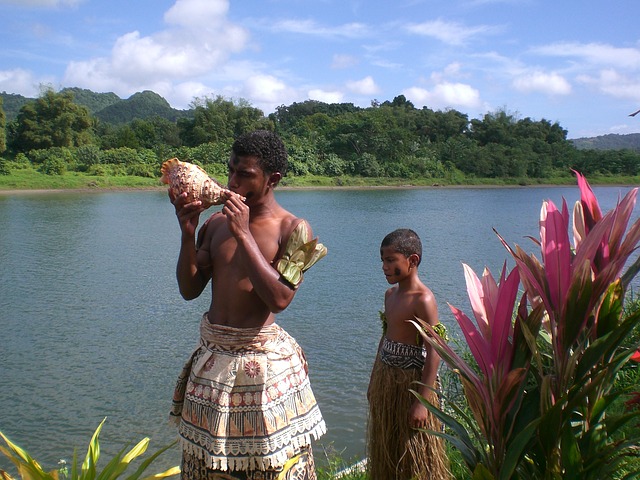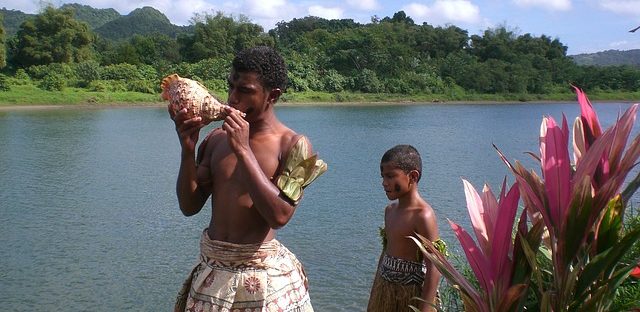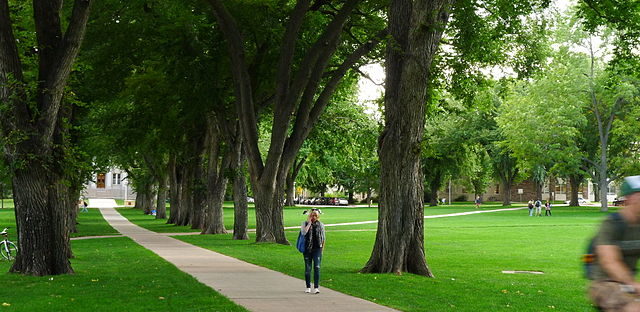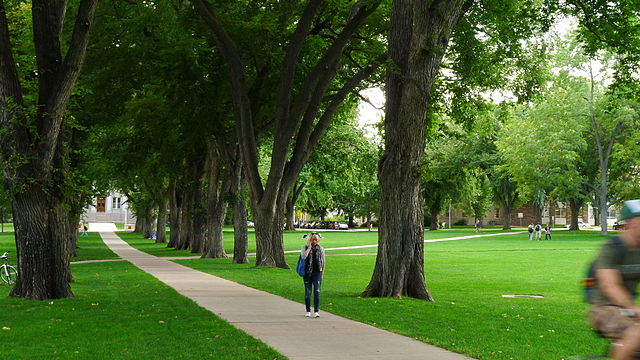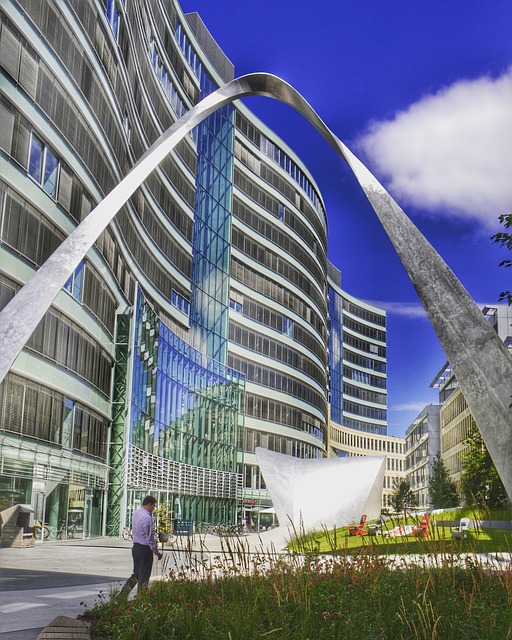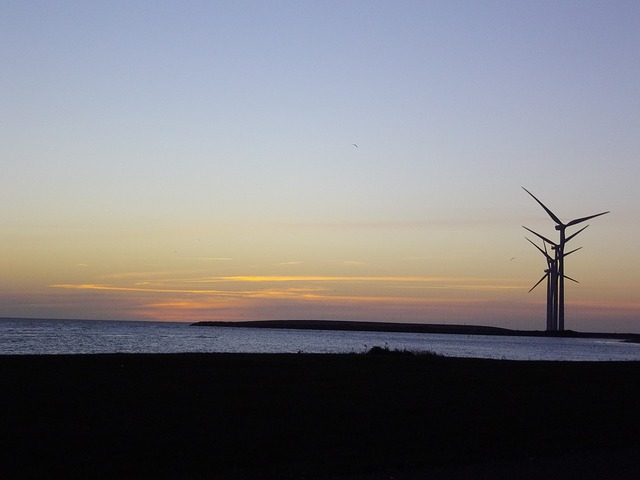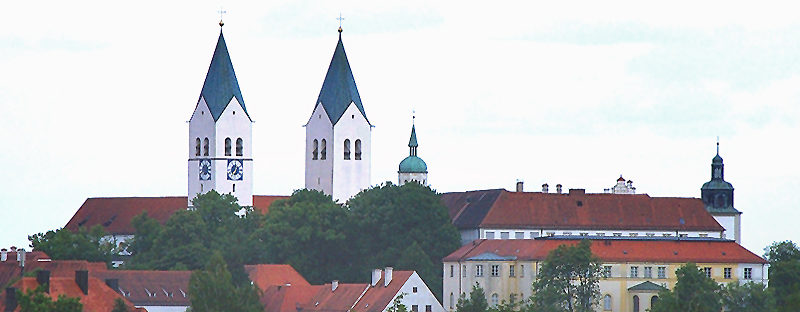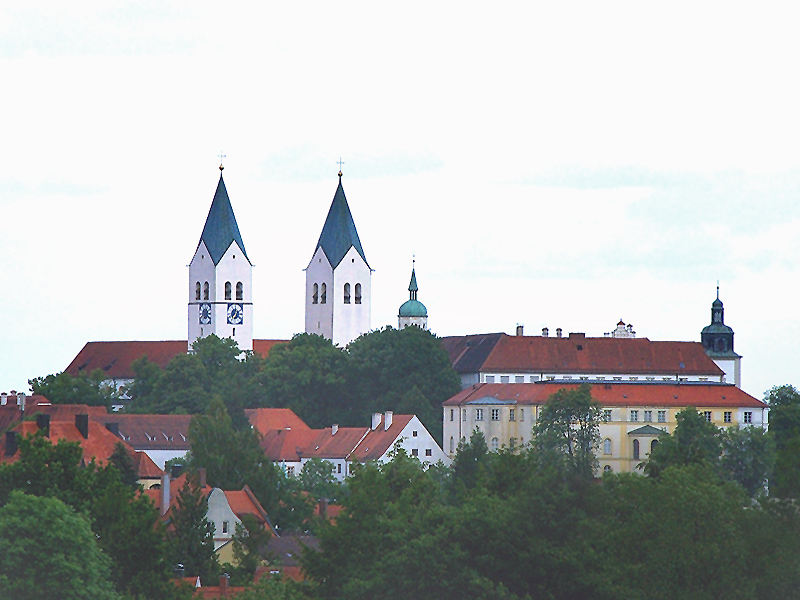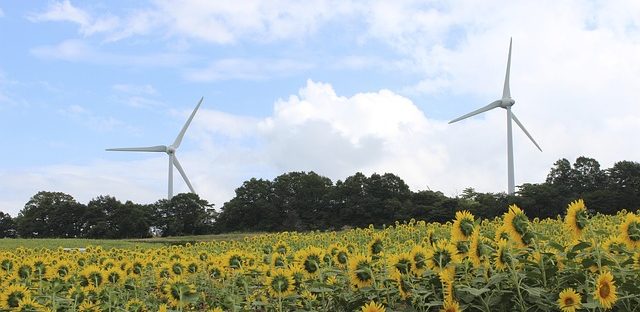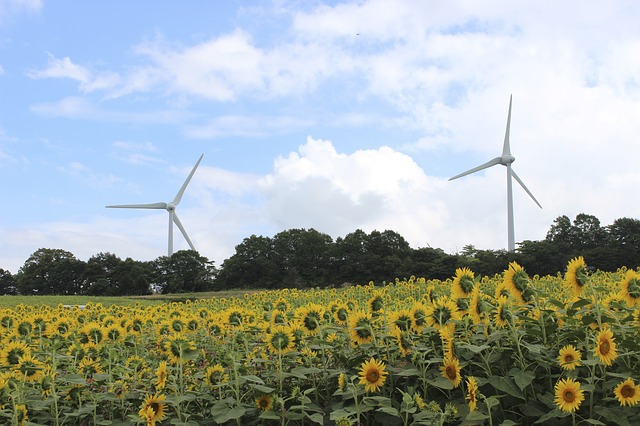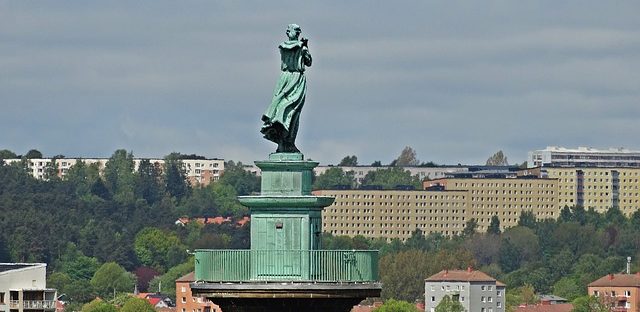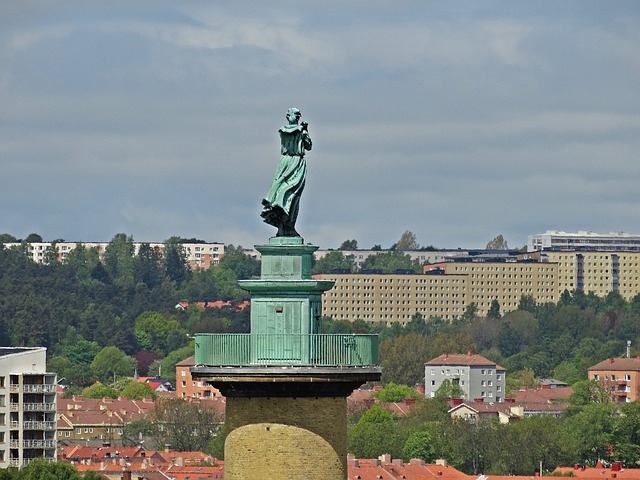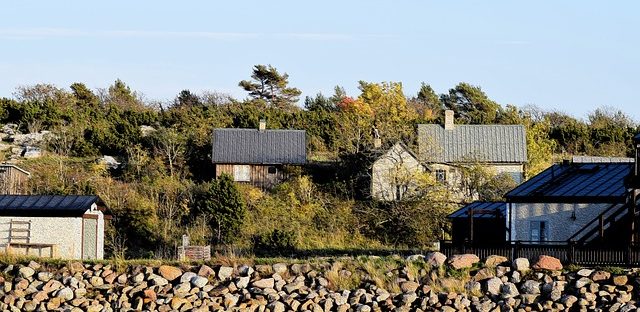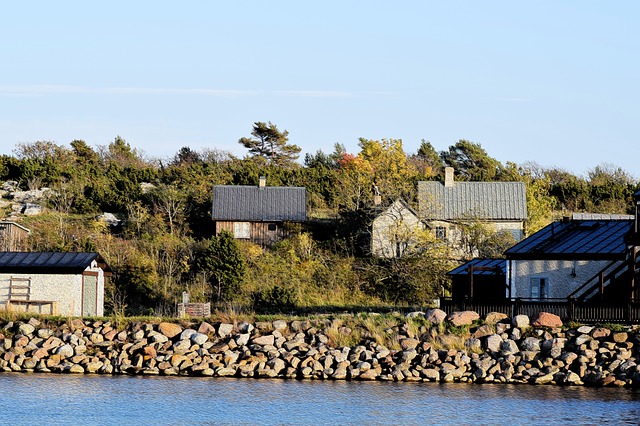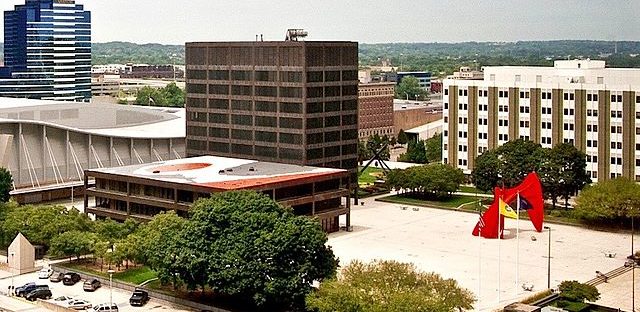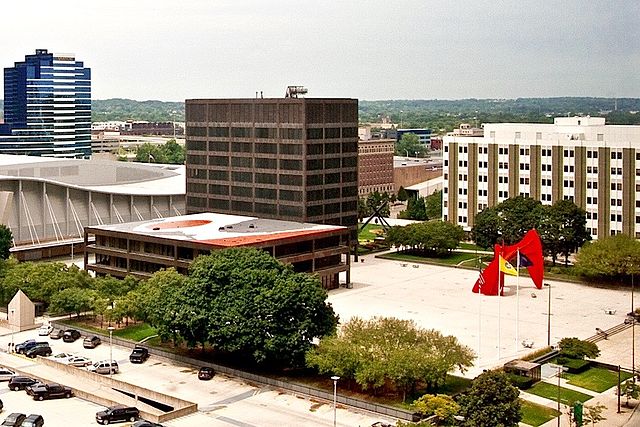- Target: Achieve 100% renewable energy share in electricity generation by 2030.
- Status: In progress
- RES: Hydropower, biomass, solar, windpower, coconut oil has been used as an alternative to diesel fuel in some rural area projects, and pilot projects using biogas are under development. Some evidence of geothermal resources.
- Implementation: Fiji promotes renewable energy through its Rural Electrification Policy (1993), the National Energy Policy (2006) and the ratification of the IRENA Statute (2010). The National Energy Policy focuses on four key strategic areas: national energy planning, energy security, power sector, and renewable energy development. Its national government encourages the development of renewable energy through a number of policies, fiscal incentives, subsidies and loans. Fiji is seeking strong participation of the private sector, important since the emerging industries such as manufacturing, mining and construction are also very energy-intensive. The government has identified challenges to develop and commercialize RE technologies in Fiji: commercial viability, financial feasibility and appropriate service fees.
- Population: 884,887 (2017)
- Area: 18,274 km2 (7,056 sq mi)
- Link: http://www.worldbank.org/en/news/feature/2016/05/24/fiji-growing-a-renewable-energy-industry-while-expanding-electricity-access
